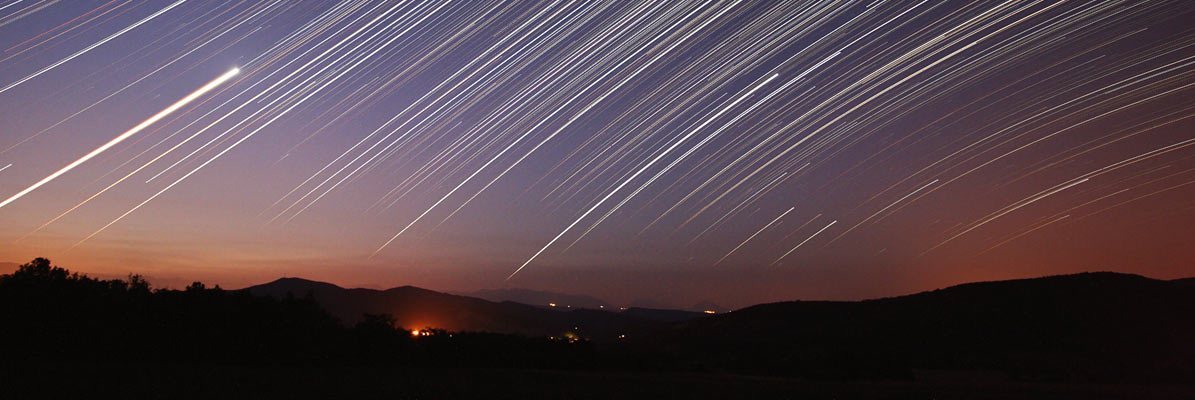
|
Exploring Snowflake Shapes |
||||||||
|
|||||||||
 |

Mathematics Skill or Topic Area:
Area of Polygons
Next Gen Science Framework: PS1.A: Structure and Properties of Matter; PS1.B: Chemical Reactions; Patterns
Common Core ELA for Science: RST.6-8.2. Determine the central ideas or conclusions of a text; provide an accurate summary of the text distinct from prior knowledge or opinions. RST.6-8.8. Distinguish among facts, reasoned judgment based on research findings, and speculation in a text. RST.6-8.9. Compare and contrast the information gained from experiments, simulations, video, or multimedia sources with that gained from reading a text on the same topic.
Common Core Math Standard: CCSS.Math.Content.6.G.A.1 Find the area of right triangles, other triangles, special quadrilaterals, and polygons by composing into rectangles or decomposing into triangles and other shapes; apply these techniques in the context of solving real-world and mathematical problems. CCSS.Math.Content.6.G.A.3 Draw polygons in the coordinate plane given coordinates for the vertices. Apply these techniques in the context of solving real-world and mathematical problems.

Video Engagement: Snowflakes - Snowflakes are actually a history of what was happening in the atmosphere as the snowflake formed and fell to the ground. Find out how you can help NASA scientists study different types of snowflakes to learn about the atmosphere and changes in climate. (4 minutes) View Program
|
Engage your students with a press release: Olympic Ice is Different in a 'Frozen Light' Scientists and spectators at the Winter Olympics are all seeing the same ice and snow, but one scientist can see exactly how different it can be for each sport, by using light. Snow and ice can look like long tubes or tiny ping-pong balls. NASA scientist Peter Wasilewski is using "polarized" light to see if snow and ice is the right texture for different Olympic sports, and also creating beautiful colored pictures of the snow and ice. It's important to see the shapes of the snow and ice because in Olympic sports, they have to be different for each sport, whether skiing or snowboarding, figure skating or hockey. The shape of snow for example, can be tiny snow flakes or snow balls. Typically, snow flakes, like the one shown above (NOAA photo) are not good for skiers, and can slow them down. By looking at the snow with polarized light, Wasilewski can see what type of snow is on the ground and if its right for skiing. "Ice is different for each Olympic sport," Wasilewski said. "The ice is softer for figure skaters than it is for hockey players. Figure skaters need to dig in with their toe picks for jumps. Ice hockey players want the hard ice that makes the ice fast and easier to skate on. With a microscopic look at the ice using the spectrum, I'm able to see how the ice differs." Wasilewski realized that color and shape of ice and snow changes depending on the thickness and direction of the ice. He got started by just playing around, making ice crystals in his refrigerator and photographing them. From there, the colorful art of snow and ice he calls "Frizion" was born. Press release date line - February 26, 2006 [ Click Here ] For more information about the artwork by Peter Wasilewski: [Click Here] |
|
Explore math connections with
SpaceMath@NASA
Problem I - Graphing a Snowflake Using Symmetry - Students plot the coordinate points for a snowflake in the First Quadrant and connect the points with line segments. Then students use reflection symmetry to 'mirror' these points into the other three Cartesian quadrants. [Open PDF ]
Problem II - The Surface Area of a Snowflake - Students use the properties of right triangles, specifically the area formula, to determine the area of a snowflake pattern. [Open PDF ]
Explain your thinking:
Write your own problem - Using information found in the Math Connection problems, the press release or the video program, create your own math problem. Explain why you set the problem up this way, and how you might find its answer.
Evaluate your understanding:
Challenge Problem - Snowflakes come in many shapes and sizes. In this problem, students explore how the surface area of a snowflake is related to how fast it grows. [Open PDF ]
For additional problems and resources relating to snow research, visit the NASA, History of Winter website at:
